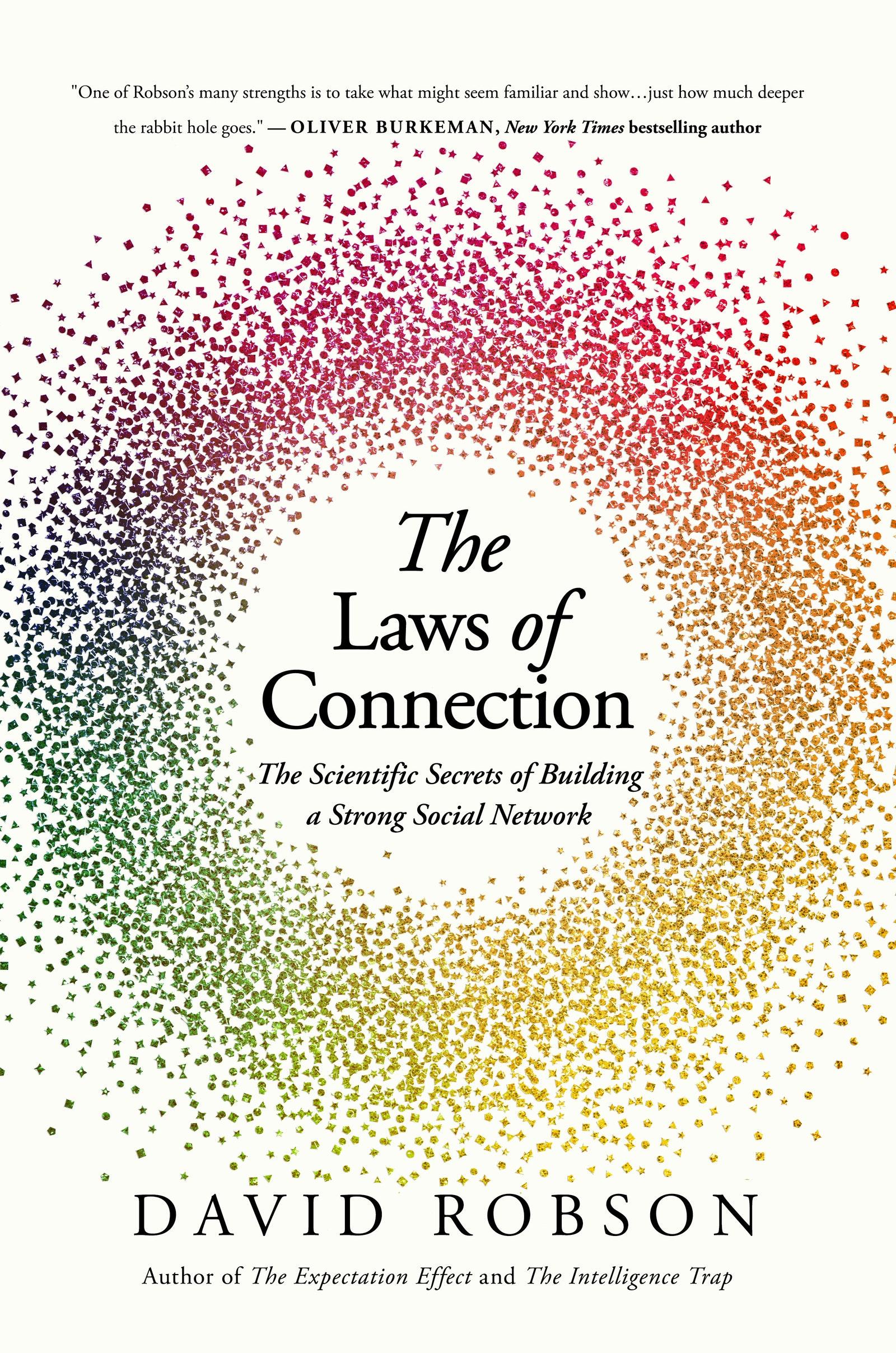The Science of Having a Great Conversation
Have you ever experienced a conversation that left you feeling energized, inspired, and truly connected with the other person? A great conversation has the power to uplift our spirits, challenge our perspectives, and foster deeper connections with those around us. But what is the secret behind an exceptional conversation? Is it luck or a skill that can be learned? The answer lies in the science of communication and the art of connection.
One fundamental aspect of a great conversation is active listening. Engaging in a conversation doesn’t mean simply waiting for our turn to speak. It involves actively paying attention to the words, emotions, and non-verbal cues of the speaker. By focusing on the speaker, we not only comprehend their message more effectively but also convey a sense of respect and interest, encouraging them to open up further.
Empathy is another critical component of successful conversations. Understanding and relating to another person’s emotions, experiences, and perspectives create a safe and trusting environment where meaningful conversations can flourish. By acknowledging and validating someone’s feelings, we build a bridge of understanding and help foster a deeper connection.
Non-verbal communication plays a significant role in the success of a conversation. Albert Mehrabian, a renowned psychologist, developed the 7-38-55 rule, stating that communication is not only about the words we use but also about tone of voice (38%) and body language (55%). To have a great conversation, we must be aware of our non-verbal cues, such as facial expressions, body posture, and gestures, as they can convey more meaning than our words alone. Similarly, being attuned to the non-verbal cues of others enhances our understanding of their emotions and intentions.
As humans, we are wired for storytelling. Stories have the unique ability to engage our emotions, capture our attention, and create a memorable experience. Incorporating storytelling into conversations can make them more engaging and impactful. Sharing personal anecdotes, recounting experiences, or relating relevant stories can enrich the conversation, making it memorable and easier for others to connect with our thoughts and ideas.
The science of conversation also emphasizes the importance of asking open-ended questions. Open-ended questions invite the speaker to share more information, thoughts, or opinions, creating a space for deeper dialogue. By avoiding yes-or-no questions and instead asking questions that begin with “what,” “how,” or “why,” we encourage the other person to reflect and express themselves more fully, opening the door for meaningful exchanges.
Another crucial aspect of a successful conversation is maintaining a positive and supportive attitude. By fostering an environment free from judgment and criticism, we create a safe space for others to express themselves openly. This positivity encourages people to be vulnerable, leading to more honest and authentic conversations.
In this fast-paced digital age, distractions can hinder the quality of conversations. To have a great conversation, it is essential to be present in the moment. Minimizing external distractions such as phones, tablets, or other devices, and dedicating our full attention to the conversation at hand, allows us to fully engage with the other person. This attentiveness not only shows respect but also ensures that we don’t miss any important details or non-verbal cues.
Finally, practicing self-awareness can significantly enhance our conversational skills. Being aware of our own communication patterns, biases, and emotional triggers can help us navigate conversations more effectively. Self-awareness also enables us to identify and manage our own emotions, preventing them from derailing the conversation or hindering the connection with the other person.
While great conversations may appear effortless, they are the result of a combination of science and art. By employing active listening, empathy, non-verbal communication, storytelling, open-ended questions, positivity, presence, and self-awareness, we can enhance our conversational skills and create meaningful connections with those around us. So, the next time you find yourself engaged in a conversation, remember that the power to make it great lies within your grasp.

